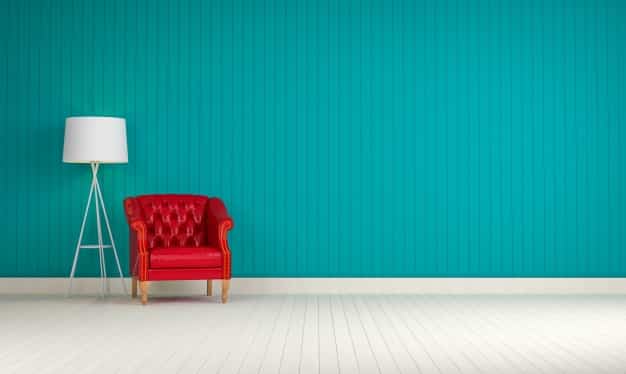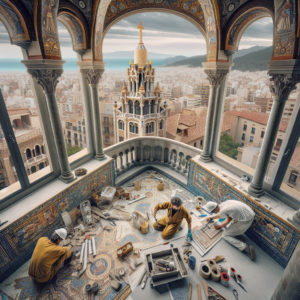In a context where sustainability and creativity are on the rise, an increasing number of people are looking for ways to reuse objects and materials, giving them a second life. A notable example of this trend is the creation of side tables to beautify gardens, made from recycled elements. This initiative not only helps reduce waste, but also provides DIY enthusiasts with the opportunity to personalize their outdoor spaces.
The premise is relatively simple: gather materials that are often considered obsolete, such as wooden pallets, fruit crates, or unused furniture. With a little ingenuity and effort, these elements can be transformed into functional and visually appealing pieces. With basic tools and some decorative finishes, anyone can design a side table that becomes an interesting focal point in the garden.
The first step in this process is to select a base material. Pallets, due to their sturdiness and rustic aesthetic, are a particularly popular choice. Once disassembled, the pallet can be used to create the structure of the side table. For those who prefer a lighter alternative, fruit crates are a cute and easy-to-handle option: simply stacking and securing them correctly can form a small piece of furniture.
The process continues with sanding and cleaning the surfaces, ensuring that there are no splinters or residues that could affect the experience. It is advisable to apply a coat of primer followed by exterior paint, thus protecting the wood from moisture and other elements. This moment is ideal for unleashing creativity, using vibrant colors, original patterns, or even decoupage techniques to decorate the furniture according to personal taste.
Assembly requires special attention. It is crucial to use the appropriate screws and glues to ensure the durability of the side table. Once finished, it can be complemented with a beautiful centerpiece of flowers, candles, or any other ornament that adds warmth and style to the garden.
The repercussions of these initiatives go beyond the merely aesthetic; they promote a more conscious lifestyle, where reuse becomes an essential tool for environmental care. In addition, the satisfaction experienced when seeing creative efforts materialize offers a tangible sense of achievement.
Various experts in decoration and sustainability are increasingly promoting these practices, encouraging individuals to use resources wisely. With a little patience and dedication, anyone can become a master of recycling, creating unique furniture that tells a story and beautifies the home. In this way, reuse becomes not just a manual activity, but an art capable of transforming spaces and improving quality of life.
via: MiMub in Spanish











